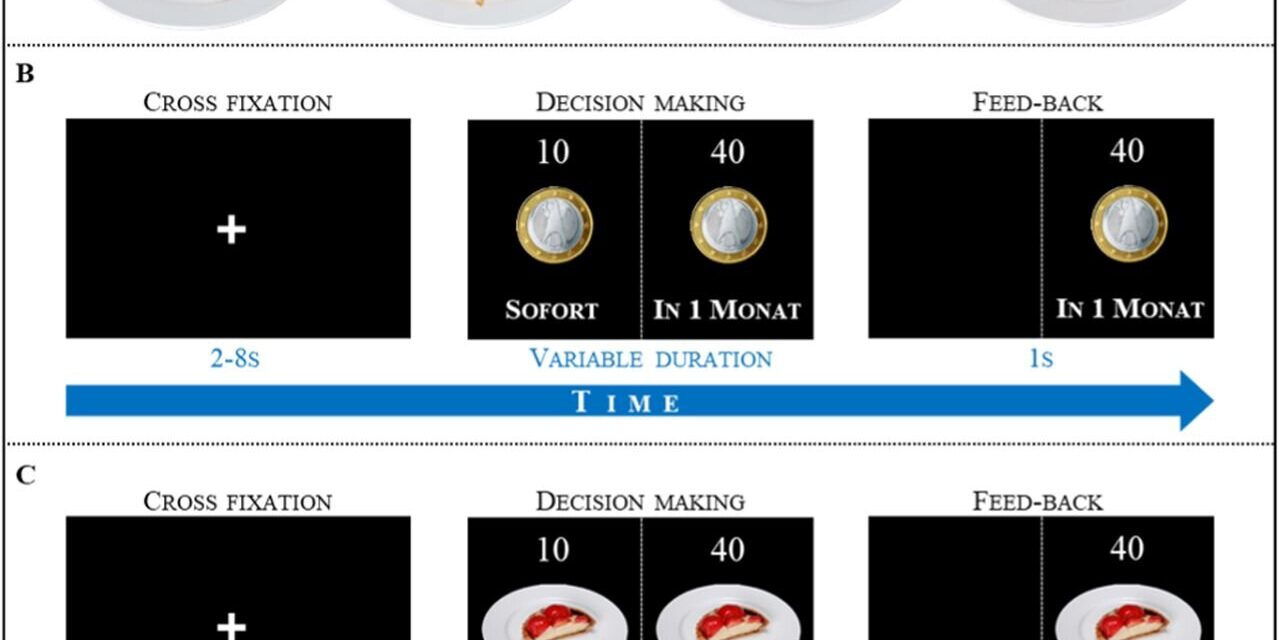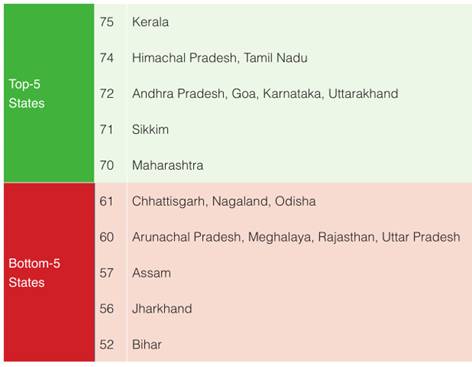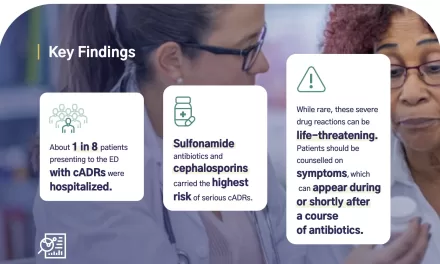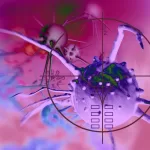Decisions are a part of daily life, but when it comes to choosing between essential needs like food and monetary rewards, how do our decision-making processes differ? A groundbreaking study conducted by neuroscience researchers at Ruhr University Bochum delves into this intriguing question, shedding light on the mechanisms underlying human choices between primary rewards such as food and secondary rewards like money.
Led by Professor Burkhard Pleger from the Berufsgenossenschaftliches Universitätsklinikum Bergmannsheil, the research team explored the behavioral patterns and brain responses associated with decision-making regarding primary and secondary rewards. Their findings, published in the journal eNeuro, offer fascinating insights into the complexities of human decision-making.
The study involved 28 participants who were presented with choices between immediate or delayed rewards of food items—ranging from French fries to chocolate bars—and monetary rewards. Using MRI scans to monitor brain activity, the researchers observed how individuals made decisions based on their preferences and the time frame for receiving rewards.
First author Marius Markmann highlights one key finding: “Decisions regarding food tend to be more impulsive, with participants more likely to choose immediate availability over delayed gratification. In contrast, when it comes to money, individuals are inclined to wait for larger amounts, as money retains its value over time unlike perishable food items.”
These differences in decision-making were mirrored in brain activation patterns. When choosing money, regions responsible for monitoring actions were engaged, whereas decisions about food activated brain regions associated with social decision-making.
Professor Pleger notes the significance of their findings: “While we anticipated differences in brain networks between food and money decisions, our results suggest that these processes may follow similar patterns in the human brain.”
The study’s implications extend beyond understanding basic decision-making mechanisms. Markmann emphasizes the link between impulsivity and addictive behavior, noting that impulsive individuals tend to exhibit weaker self-control, leading to increased calorie intake and susceptibility to addiction.
Looking ahead, Pleger and his team see potential for their research to inform behavioral therapeutic interventions for addiction. “Identifying specific decision-making processes underlying addictive behavior could pave the way for innovative interventions,” Pleger explains.
As neuroscience continues to unravel the intricacies of human decision-making, studies like this offer valuable insights into the factors influencing our choices and hold promise for addressing pressing public health challenges.











